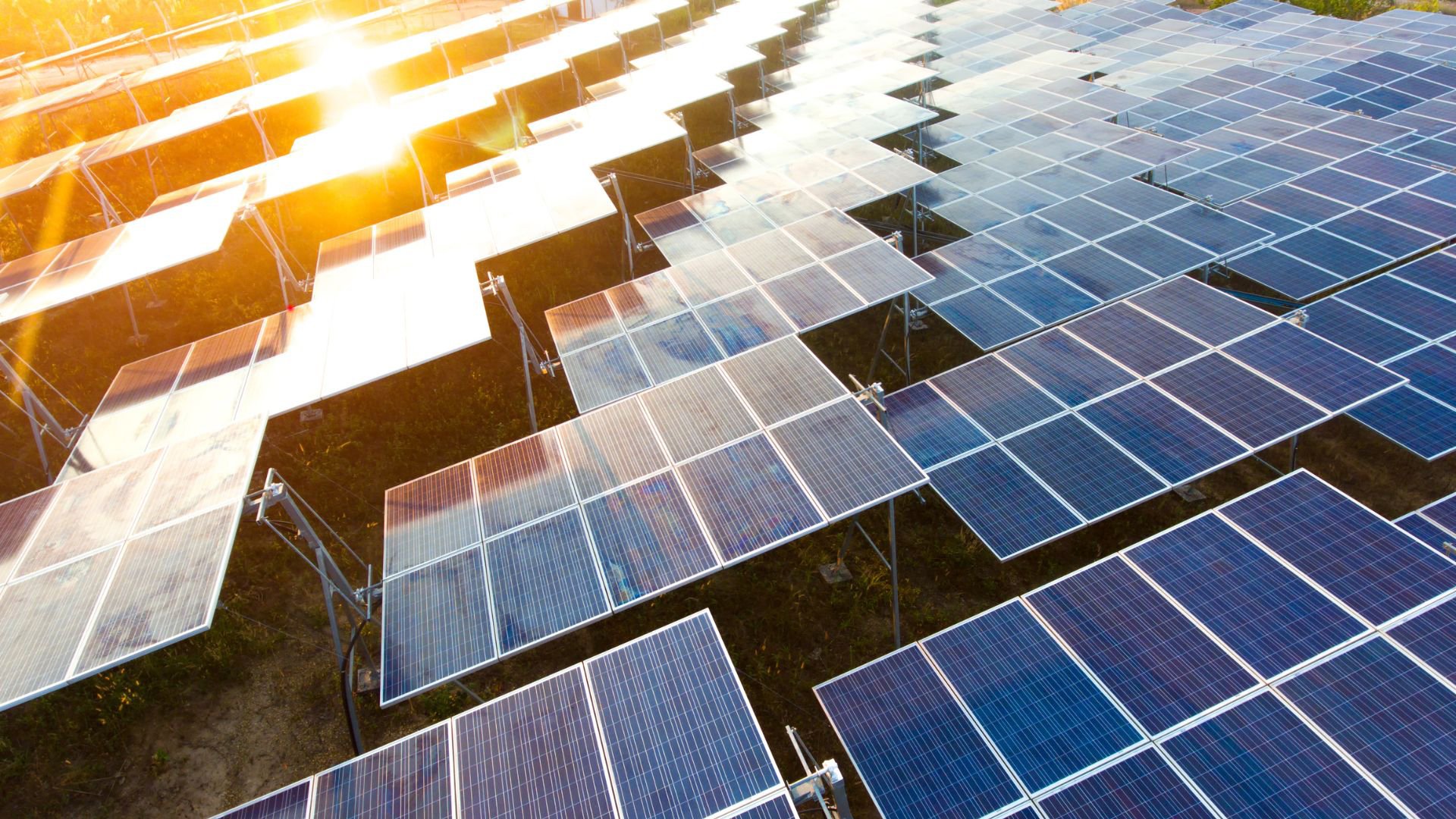Securing Solar Power Systems: The Role of Proactive Cyber Defense in Preventing Grid Disruptions
Securing Solar Power Systems: The Role of Proactive Cyber Defense in Preventing Grid Disruptions
Solar power systems are an essential part of the global shift toward renewable energy, and as their adoption increases, so too does the potential for cyber threats targeting these infrastructures. Researchers at Forescout recently discovered dozens of vulnerabilities in solar power products from leading vendors like Sungrow, Growatt, and SMA. These vulnerabilities pose serious risks to the security of solar power systems and, in turn, to the stability of the electrical grids they support.
As solar grids become increasingly interconnected with digital and cloud-based systems, the threat landscape expands. The modern solar grid is more than just a set of solar panels and inverters; it includes communication networks, cloud services, and mobile applications. These components create multiple entry points for cybercriminals to exploit. As a result, proactive cyber defense has become a critical focus for organizations in the energy sector.
Cyber Defense Strategy: Proactive Education for SOC Analysts
To effectively secure solar power systems and critical infrastructure, it's essential to take a proactive approach to cybersecurity. Traditional reactive measures, such as patching vulnerabilities after they are discovered, are no longer enough. Cyber defense needs to be a proactive, continuous process, and Security Operations Center (SOC) analysts must be equipped with the right tools, knowledge, and training to stay ahead of evolving threats.
This is where Cloud Range’s Cyber Range-as-a-Service and comprehensive cyber defense education programs come in. These programs focus on proactively giving SOC analysts hands-on experience detecting, mitigating, and responding to cyber threats, so they are ready for incidents before they can impact critical infrastructure. By simulating real-world cyber attacks in a controlled environment, Cloud Range helps SOC analysts gain muscle memory in identifying and neutralizing vulnerabilities across solar power systems, including cloud-connected devices, inverters, and communications networks.
Cybersecurity Challenges in Solar Grids: Threats and Vulnerabilities
The vulnerabilities identified by Forescout highlight several critical issues within solar power systems. For example, SMA’s cloud platform was found to have a vulnerability that could allow attackers to upload malicious files capable of executing arbitrary code. Similarly, Growatt’s products had more than 30 vulnerabilities, including those that could facilitate XSS attacks, allowing attackers to hijack devices and potentially cause physical damage to the system.
These issues underscore the importance of early detection and rapid response. In many cases, the vulnerabilities discovered in these systems could allow attackers to gain control of large fleets of inverters. If compromised, these inverters could be used to launch attacks on the power grid, potentially causing widespread power outages, energy price manipulation, or even ransomware attacks targeting grid operators.
The Need for Proactive, Ongoing Cyber Defense Education for SOC Analysts
Given the growing complexity and scale of the threats facing solar power systems, SOC analysts must be prepared to address a wide range of attack vectors, from DDoS attacks and remote code execution to supply chain attacks and nation-state threats targeting vulnerable software, hardware, or infrastructure. It is crucial for SOC teams to stay ahead of potential threats through continuous education and simulated attack exercises.
Cloud Range provides SOC analysts with the opportunity to train in real-world scenarios, simulating everything from network breaches to cloud service exploitation. This hands-on learning ensures that analysts are prepared to detect threats as they emerge, minimizing the time between detection and response. As part of this proactive strategy, SOC analysts can develop better incident response plans, ensuring that when an attack occurs, they can contain it quickly, preventing damage to critical infrastructure.
Best Practices for Securing Solar Grids
In addition to providing cybersecurity training for SOC analysts, it is essential for organizations managing solar grids to adopt best practices to secure their systems. Forescout recommends several security measures for solar power system owners, including:
Change Default Credentials: Default passwords are one of the most common entry points for cyber attackers. Ensure that all devices and systems use strong, unique credentials.
Regular Software Updates: Stay current with firmware and software updates to patch vulnerabilities as soon as they are discovered.
Implement Access Control: Limit access to solar grid systems to only those who need it, using strong authentication methods.
Network Segmentation: Isolate solar grid devices on separate network segments to contain any breaches and prevent them from spreading across the entire system.
Backup and Disaster Recovery: Ensure that data is backed up regularly and that a clear disaster recovery plan is in place in case of an attack.
The Role of Education in Cyber Defense
In addition to technical solutions, cybersecurity education plays a critical role in defending solar grids against emerging threats. Continuous cyber defense education equips SOC analysts not only with the technical know-how to respond to incidents but also with a mindset of prevention. Through simulated attacks and threat intelligence sharing, analysts can anticipate attack methods, identify vulnerabilities before they are exploited, and apply lessons learned to improve grid security.
Cloud Range’s Range-as-a-Service is designed to bridge this gap by providing immersive educational environments that give analysts the skills and experience needed to detect and neutralize threats quickly. This helps ensure the long-term security of solar grids and the broader energy infrastructure.
Conclusion: Securing the Future of Solar Power
As solar power becomes an increasingly integral part of the global energy landscape, its integration with digital technologies and cloud services makes it a prime target for cyber threats. A proactive, continuous approach to cybersecurity is necessary to ensure our solar grids and critical infrastructure stay protected.
By leveraging Cloud Range’s proactive simulation training programs, SOC analysts can gain the experience and skills needed to stay ahead of evolving cyber threats. When cyber defense becomes an integral part of the operational strategy, organizations can more effectively mitigate risks, safeguard systems, and prevent disruptions that could jeopardize the security and stability of the power grid.


